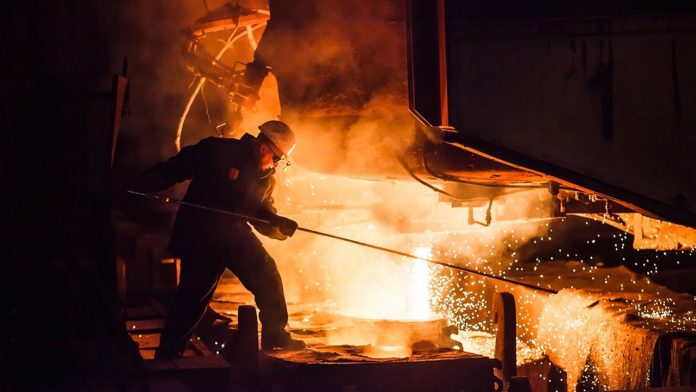Posted Sep 30, 2022 9:00 AM
Economists and European governments realized gradually during the first half of 2022, and suddenly during the summer of 2022, that the cost competitiveness of European industry was deteriorating sharply due to the rise in oil prices. energy. The cessation of Russian natural gas exports to the European Union deprives Europe of 40% of its natural gas, therefore 11% of all of its energy. Despite efforts to replace Russian gas with LNG (liquefied natural gas) from the United States, Norway, Qatar, Algeria, etc., despite increased use of coal to produce electricity, and despite an effort major energy savings, it will miss 3 to 4% of European energy in 2022-2023 and again in 2023-2024, Russian gas being fully replaced by other energy sources only in 2026-2027.
This loss of Russian gas supply poses two problems: a problem of quantity (we have to do without 3 to 4% of the usual natural gas resource) and a price problem (the scarcity of natural gas leads to a price of very high balance). European industry on the one hand will have to reduce its consumption of natural gas and electricity (by 3% during the winters of 2022-2023 and probably 2023-2024), on the other hand will be faced with a very high price of natural gas and electricity.
New relocations?
The price of natural gas could reach, in Europe, 400 to 500 euros per MWh; by way of comparison, it is 30 to 35 euros per MWh in the United States. With regard to electricity, the price would only be 180 euros per MWh due to the price cap set by the European Commission. Electricity and natural gas representing 65% of Europe’s energy, the price of energy will be, for at least 2 years, about 7 times higher in Europe than in the United States, which implies an additional total cost of almost 20% for European industry.
It must be understood that European industry, and in particular energy-intensive industries (agrifood, intermediate goods, chemicals, fertilizers, etc.) will suffer enormously from such a cost-competitiveness handicap. Some companies prefer not to produce rather than produce at a loss; others will relocate to regions (United States, China, etc.) where production costs are lower than in Europe. The risk is that Europe will undergo a new wave of industrial relocations, while we were talking about reindustrialisation, relocation.
A distortion of the economy
Are there ways to avoid these new relocations? The first avenue would be for European governments to subsidize natural gas and electricity much more. But this path comes up against a major obstacle, which is the cost of this subsidy, in an environment where public deficits are already very high and where interest rates are recovering.
The second track would be a sharp additional depreciation of the euro, which, even if it increased even more the prices of energy imported into Europe, would reduce the overall price, expressed in foreign currencies, of European industrial products. But an additional depreciation of the euro would imply the maintenance of very low interest rates on the euro, therefore the renunciation of the ECB to fight against inflation.
It is therefore likely that Europe will have a distortion of its economy, due to the very high price of energy compared to other countries, for several years, to the detriment of sectors of activity that consume a lot of energy. This will accentuate the distortion of the European economy towards services, and it is to be hoped that these services will not only be unsophisticated services, employing low-skilled people, but also high-end services: electronics, finance, engineering…
Patrick Artus, Natixis economic advisor













